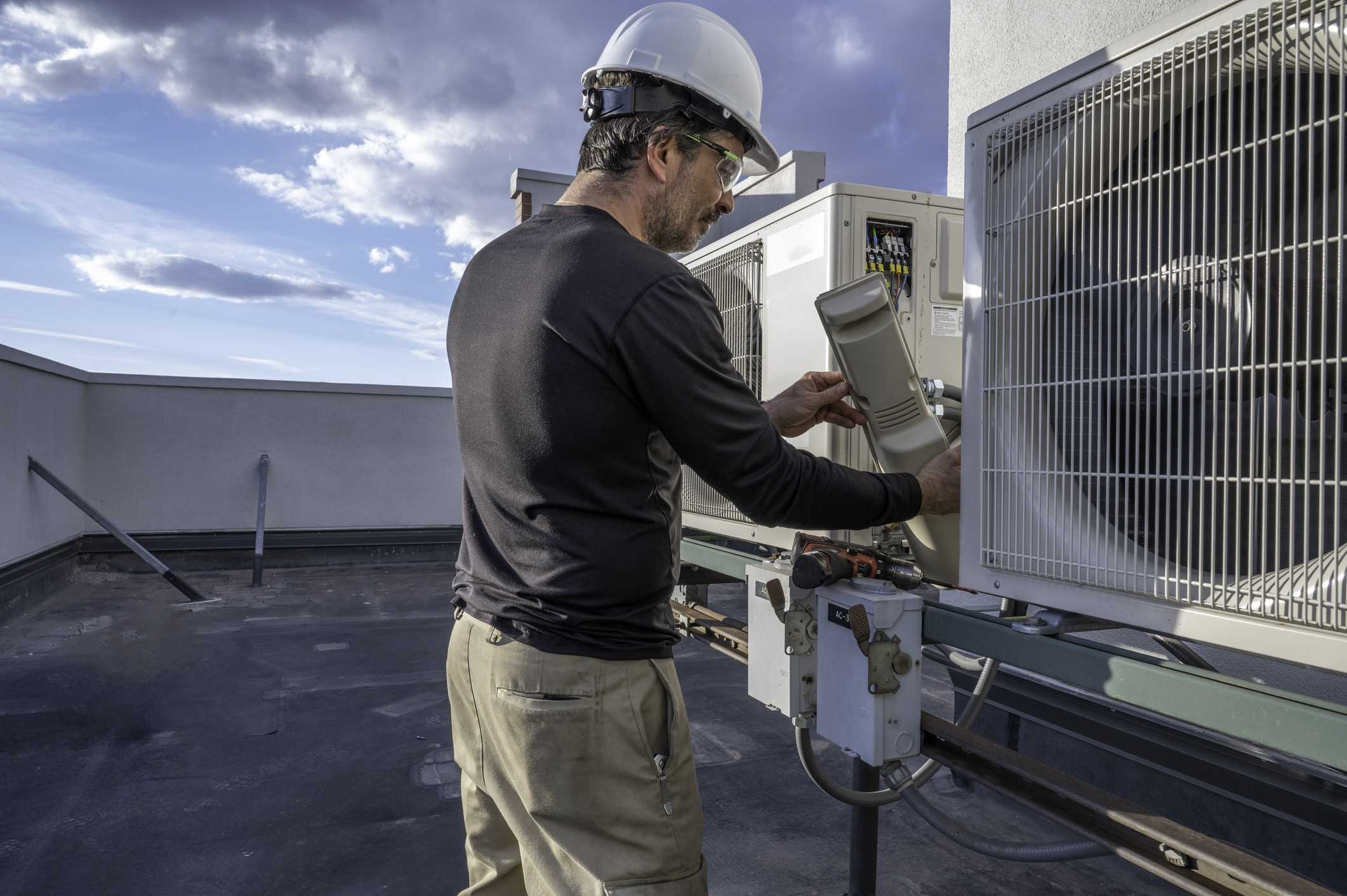The outlook for commercial offices is considerably brighter than a year ago.
Industry leaders predict the office is far from dead, and some tenants report they’ll need even more office space post-COVID-19.
But in the meantime, commercial real estate (CRE) owners and operators face high vacancy rates and dwindling revenue streams.
Property teams can adapt by finding new ways to increase CRE revenue, entice tenants, and edge out the competition, or face extinction (at the very least, debt and angry higher–ups).
To keep your bottom line healthy, Building Engines assembled this list of creative ways to start earning extra revenue from your buildings now.
1. Offer Building Amenities à La Carte
Many CRE teams invested heavily in the “amenities arms race.” New features ranged from ordinary (fitness centers, lounges, and rooftop decks, to the more eccentric (meditation rooms and golf simulators).
But with most office building still at low capacity, there simply aren’t enough tenants around to enjoy these benefits. Or, to justify the cost of maintaining them.
Instead of letting amenities sit unused, offer day-passes or on-demand access to a building’s popular attractions. The same goes for parking garages (particularly in urban areas) and any unused spaces that could be converted into rentable storage.
Depending on the amenity offered, posting new offerings on social media, SpotHero or Craigslist are good places to start.
This gives tenants the flexible experiences they need, gets more eyes on your building, and your bottom line a bump.

2. Rent Out Workspaces
The work–from–home routine is wearing thin for many office workers. Particularly those with noisy housemates or cramped living spaces. So now that vaccines are widely available, many workers want a place to work while their offices remain closed.
Even if their workplaces are open at reduced capacity, your rentable space might win out it it’s a shorter commute from home.
To fill an industry need and get more value from unused spaces, savvy property owners are renting out workspaces and conference rooms on a daily, weekly, or monthly basis. EasyOffices, LiquidSpace, or regional sites like SquareFoot are all great places to advertise.
Tip: To get your space noticed, photos are a must. Most searchers will filter out ads with no photos, so provide at least one well-lit photo with each post.
3. Kid-Friendly is Key
The shift to at-home work has been a scheduling nightmare for many working parents. If your building doesn’t already provide childcare services, now is the time to investigate your options.
While daycare services are not typically offered at the property level, the business case for offering this benefit is well documented.
According to the Journal of Managerial Psychology, employee performance was higher and absenteeism lower among firms who had on-site childcare. A Bright Horizons survey revealed 90 percent of parents who use on-site daycare centers report increased productivity.
More tenants now realize the benefits of on–site childcare. And the pandemic blurred lines between home and work irreparably. Properties that support a healthy family life will be much more appealing—and more profitable—post-pandemic.
Property-level childcare services can earn you a tidy profit and give reluctant tenants an extra push to return to the office.

4. Go Green
CRE sustainability is a hot topic. As tenants become more environmentally conscious, property teams are embracing technology that makes their assets more sustainable.
While green certification may seem like an unneeded expense to some, it saves money and positions you to increase CRE revenue fast.
How?
Improving energy efficiencies throughout a building, such as water-saving plumbing, energy-efficient lightbulbs, etc. lowers operating expenses. Green buildings consume 25 percent less energy and 11 percent less water on average than other buildings that don’t meet LEED standards.
Green certification also attracts tenants willing to pay higher leases. A report on the Los Angeles market found traditional buildings earn an average of $2.16 per square foot, while tenants paid $2.91 per square foot for LEED certified space.
Bonus Revenue-Saving Tip: Don’t Skimp on Building Maintenance
Cutting down regular maintenance on key assets and equipment (HVAC, boilers, major plumbing etc.) may seem an intuitive cost-saving measure. While this saves dollars in the short term, it backfires in the long run.
Routine maintenance reduces the risk of asset breakdowns that destroy your budget and frustrate tenants—sometimes to the point of leaving. That’s why the average preventive maintenance program has an ROI of 545 percent.
While some maintenance like custodial services in under-utilized areas might be acceptable to skip, asset maintenance saves you much more than it costs.
Conclusion:
When earning revenue, tenant rent payments are everyone’s preferred option. But property teams struggling to meet their 2021 performance goals should consider these alternate options to get through the COVID-19 slump.
Even landlords who haven’t felt the full brunt of the pandemic should note it’s never a bad idea to diversify your earnings. Or, to devise a plan to do so in the event of future business disruptions.
Property teams looking to increase CRE revenue use modern building operations platforms, like Prism, by Building Engines.
To see how Prism helps maximize revenue, watch the on-demand webinar, Introducing Prism: The Modern Software Platform for CRE Building Operations.










